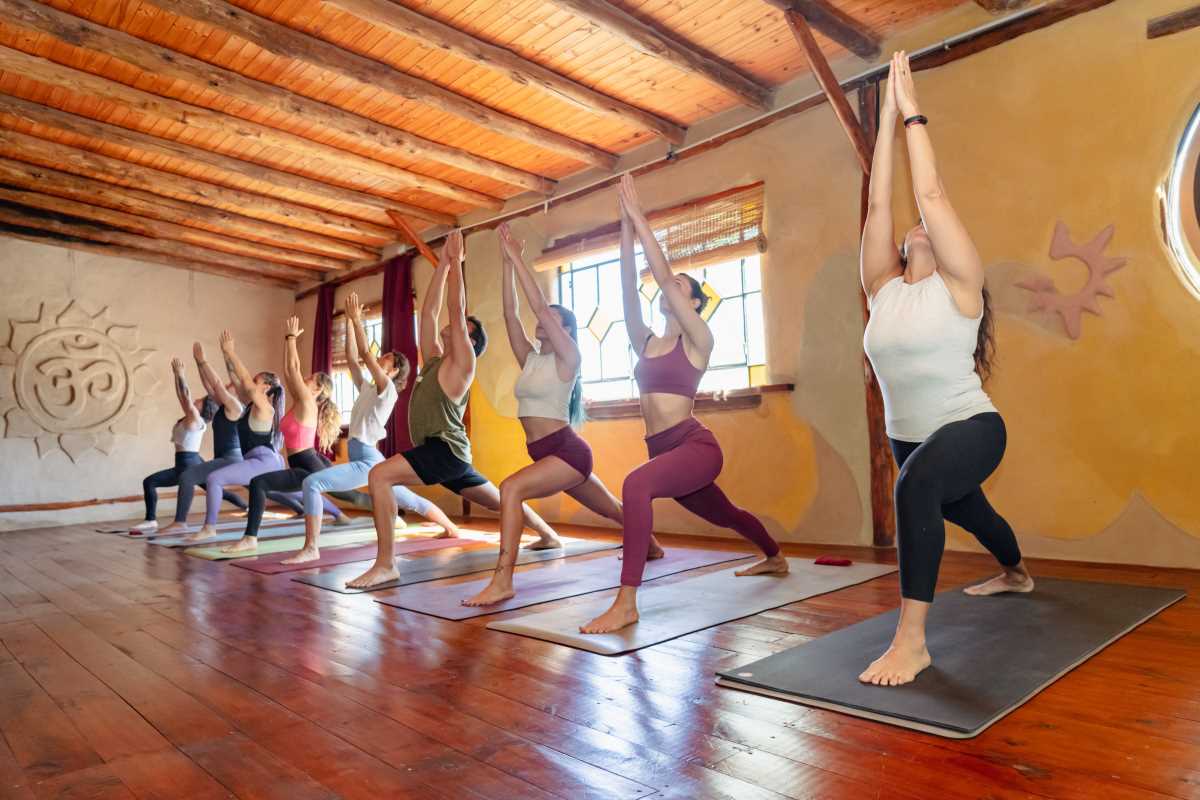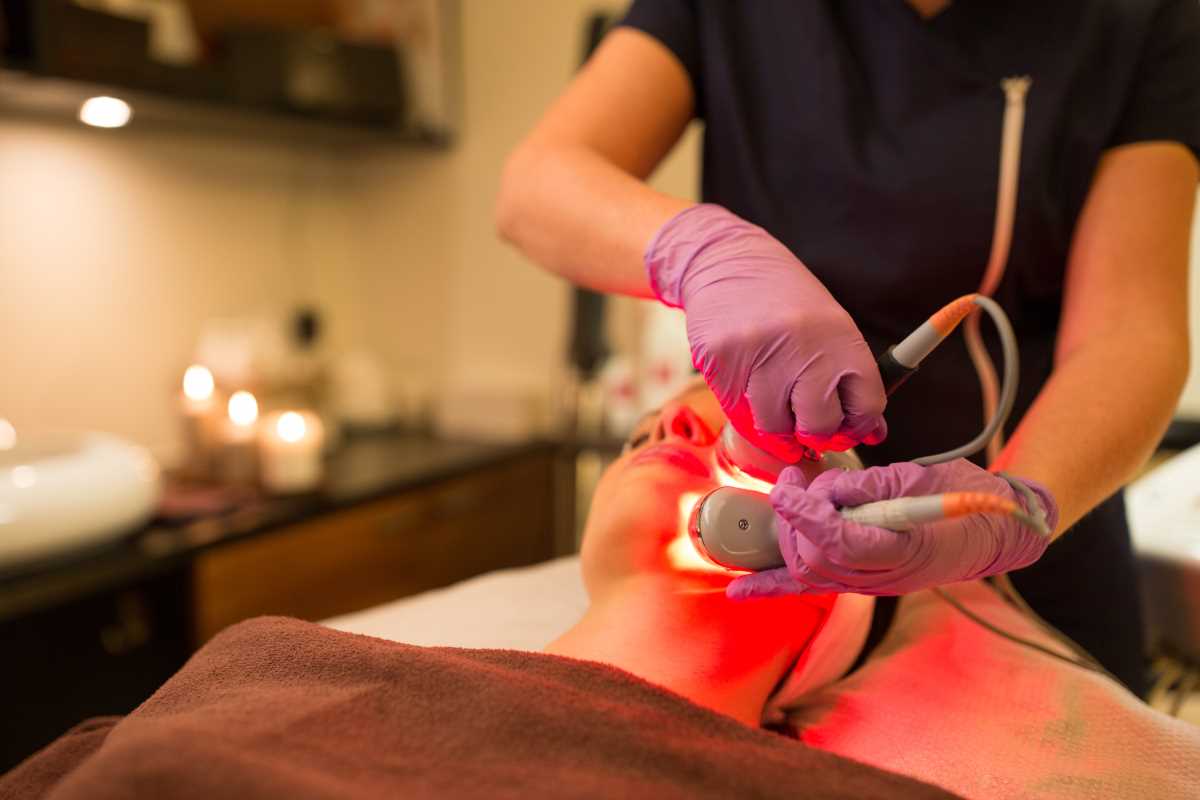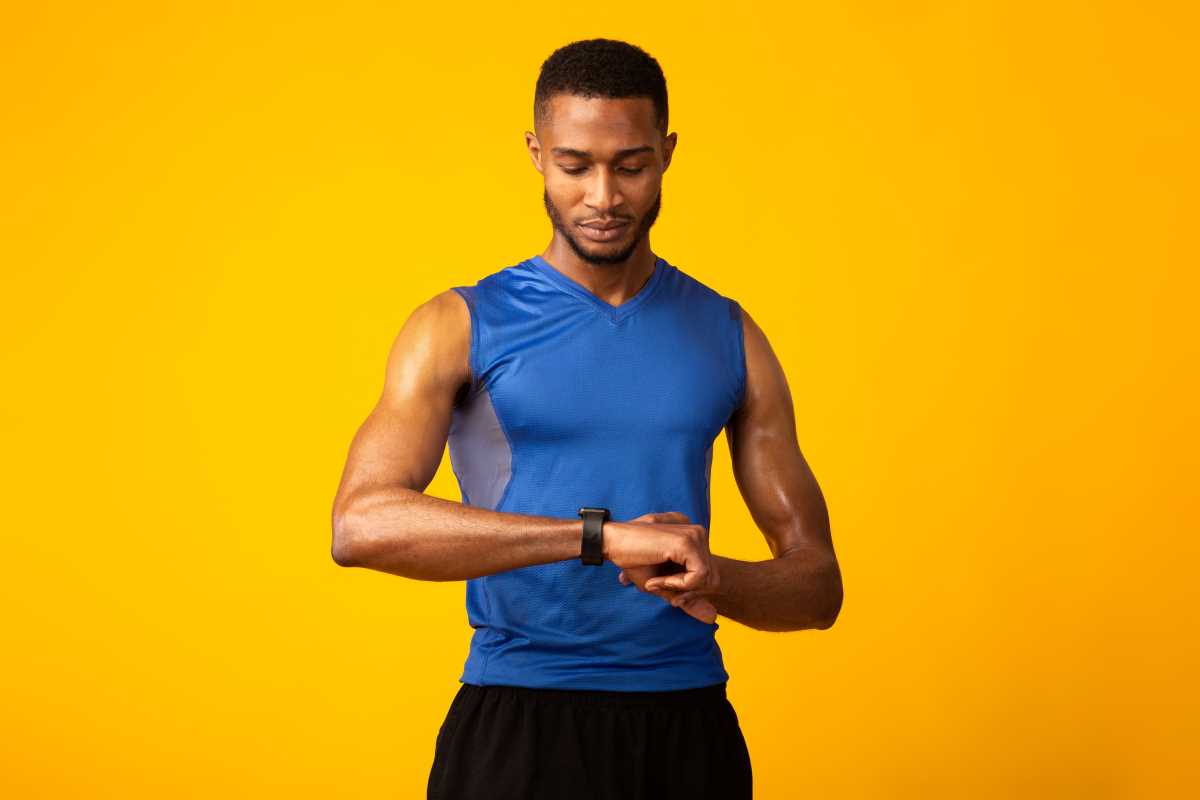We all know that feeling when you try to bend over to tie your shoes or twist to reach for something, and your hips seem to yell at you. Chronic stiffness or limited mobility in the hips can make everyday tasks harder than they need to be. But don’t worry, improving flexibility is a journey, not a race. With the right strategies, you can make those hip muscles more pliable and improve your overall movement. So, let’s dive into how you can boost your flexibility, ease discomfort, and keep your hips moving freely.
Warm-Up Like a Pro
Before diving into stretching, think of your muscles like a rubber band — if you try to stretch it cold, it could snap. The same principle applies to your muscles! Warming up first with some light movement prepares your body for deeper stretches and reduces the risk of injury. A proper warm-up gets the blood flowing, raises your heart rate, and loosens the muscles, making them more responsive to stretches.
Effective warm-up exercises include:
- Brisk Walking: A simple walk around the block can get your blood pumping.
- Jogging in Place: It’s quick and gets your hips moving in a fluid, natural way.
- Hip Circles: Gently rotate your hips in both directions to mobilize them.
- Leg Swings: Swing one leg forward and back, then side to side to activate the hip flexors.
This warm-up doesn’t need to be long or intense — just enough to get your body ready for more targeted flexibility work.
Incorporate a Variety of Stretching Techniques
One stretch won’t cut it when it comes to improving flexibility. Different types of stretches target different ranges of motion in your muscles and joints, and incorporating a variety will keep things interesting while ensuring you’re improving flexibility from all angles. Here’s a breakdown of the key stretching techniques you can use to unlock your hip flexibility:
Static Stretching
This involves holding a stretch for a period of time (typically 15-30 seconds). It helps lengthen the muscles and improve their overall flexibility.
Dynamic Stretching
Dynamic stretches use controlled movements to improve range of motion and flexibility. These stretches should be done while moving, warming up muscles through motion.
PNF Stretching (Proprioceptive Neuromuscular Facilitation)
PNF combines both stretching and contracting muscles. It's one of the most effective methods for increasing flexibility, as it involves both the relaxation and activation of muscle fibers to improve range of motion.
Suggested stretches for your hips:
- Lunge Stretch: A static stretch that targets hip flexors.
- Leg Swings: A dynamic stretch that helps loosen up the hip joint.
- PNF Hip Flexor Stretch: A partner-assisted stretch that’s great for deep hip flexibility.
By mixing it up, your body stays challenged, and you’re more likely to see improvements over time.
Don’t Forget to Relax
Flexibility isn’t just about how deep you can stretch — it's about how relaxed your body is when doing so. If your muscles are tense or if you’re holding your breath, they won’t lengthen as efficiently. Deep breathing is your secret weapon. When you focus on slow, controlled breathing, it helps calm your nervous system, reduce muscle tension, and make it easier to stretch deeper.
Breathing tips for better flexibility:
- Inhale deeply through your nose, allowing your diaphragm to expand.
- Exhale slowly through your mouth, releasing tension with each breath.
- Focus on the rhythm of your breath to relax your body into the stretch.
Taking a moment to breathe deeply before and during your stretches will help you go further without forcing your body.
Yoga and Pilates
When it comes to increasing flexibility, yoga and Pilates are like a dynamic duo. These practices focus not only on flexibility but also on strength, balance, and mindfulness, all of which are key for achieving better mobility in your hips. Through yoga or Pilates, you can target tight areas, improve your body awareness, and create a more balanced, flexible body overall. Plus, the mental clarity and relaxation you gain can reduce stress, which, as we know, is also a contributor to tight muscles.
Effective yoga poses for hip flexibility include:
- Pigeon Pose: A deep hip opener.
- Butterfly Stretch: Focuses on the inner thighs and hip flexors.
- Warrior II Pose: Builds strength and flexibility in the hip and legs.
Pilates moves like the leg circles or bridges are also fantastic for improving hip mobility. These exercises can strengthen your core and help support better hip function as a whole.
Stay Consistent, and Patience Pays Off
Flexibility doesn’t happen overnight. If you want to make lasting improvements, consistency is key. Stretching once in a while won’t cut it; you need to make it a habit. Set aside time each day, even if it’s just 10-15 minutes, to focus on hip flexibility. Incorporate it into your regular workout routine or make it a part of your morning or evening ritual.
Consistency tips:
- Make it a routine: Try to stretch at the same time every day to build the habit.
- Track your progress: Take note of your flexibility improvements to stay motivated.
- Set realistic goals: Don’t expect dramatic changes overnight. Small gains add up.
Remember, the key is gradual progression, not pushing your body too hard. Flexibility improvements will come with time, so don’t rush it. Celebrate small victories along the way, like reaching a stretch further than you did last week!
No Pain, No Gain is a Myth
As tempting as it might be to push yourself hard for the sake of faster results, listen to your body — always. Stretching should feel challenging, not painful. Stretching too aggressively can cause strain or injury, setting you back in your progress. Respect your body’s limits and focus on gradual improvements.
If you experience sharp pain or discomfort, back off a little. Flexibility is about enhancing mobility and comfort, not creating a battle between you and your body. With consistent practice and a mindful approach, you’ll find your hips feeling looser, more mobile, and less prone to tightness.
Flexibility is Freedom
Improving flexibility, especially in your hips, can open up a world of physical freedom. No more hip stiffness, no more struggle when reaching for that high shelf, and no more discomfort when you walk or move. It takes time, consistency, and patience, but the results are worth it. Incorporating a variety of stretches, deep breathing, and mindful practices like yoga and Pilates will help you achieve greater flexibility and feel more agile in your daily life.
So, go ahead — start stretching, take deep breaths, and let those hips open up to a world of new movement!
(Image via Adobe)







